Normal Alphabet Worksheets for Ages 4-7 - Page 2
262 filtered results
-
From - To
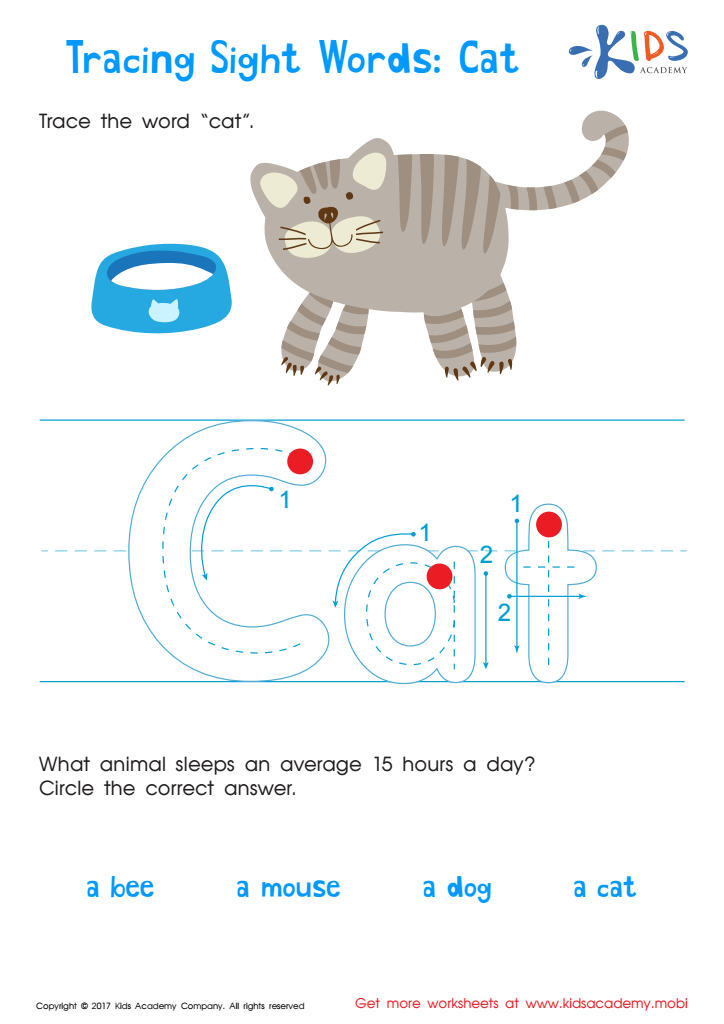

Cat Printable Sight Words Worksheet
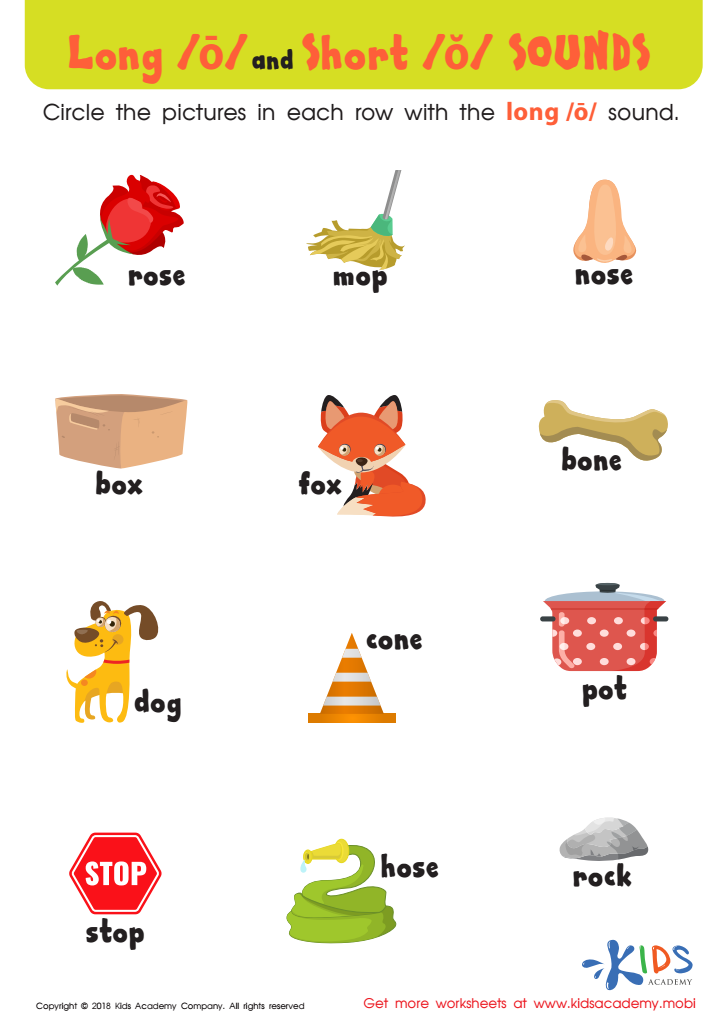

Reading: Long O and Short O Sounds Worksheet
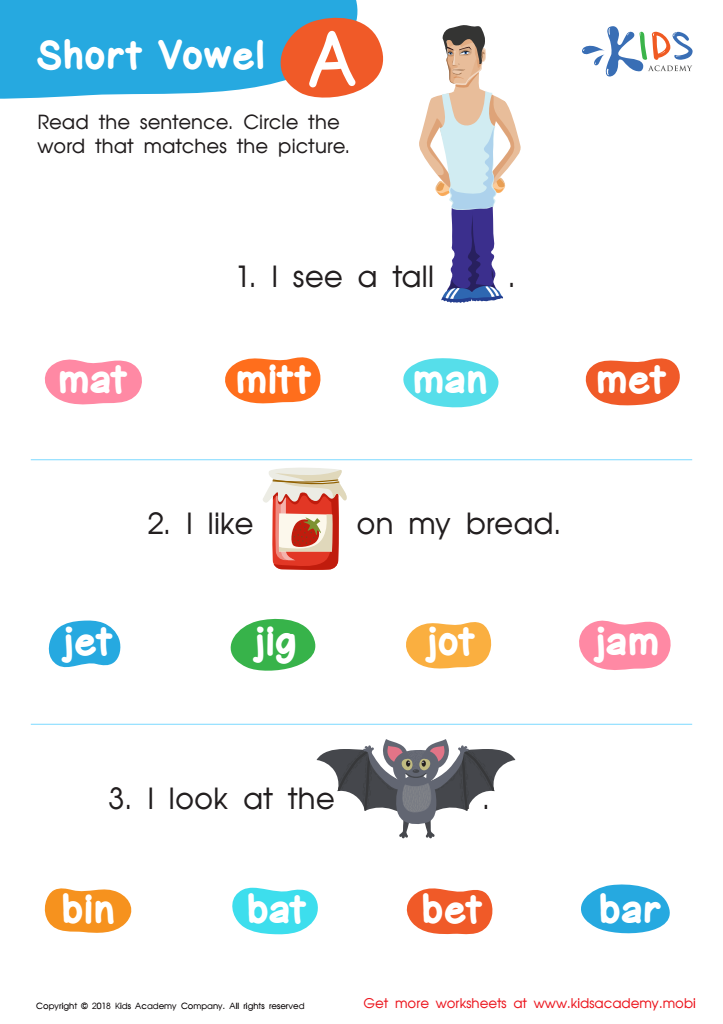

Short Vowel /a/ Worksheet


Letter P Tracing Page
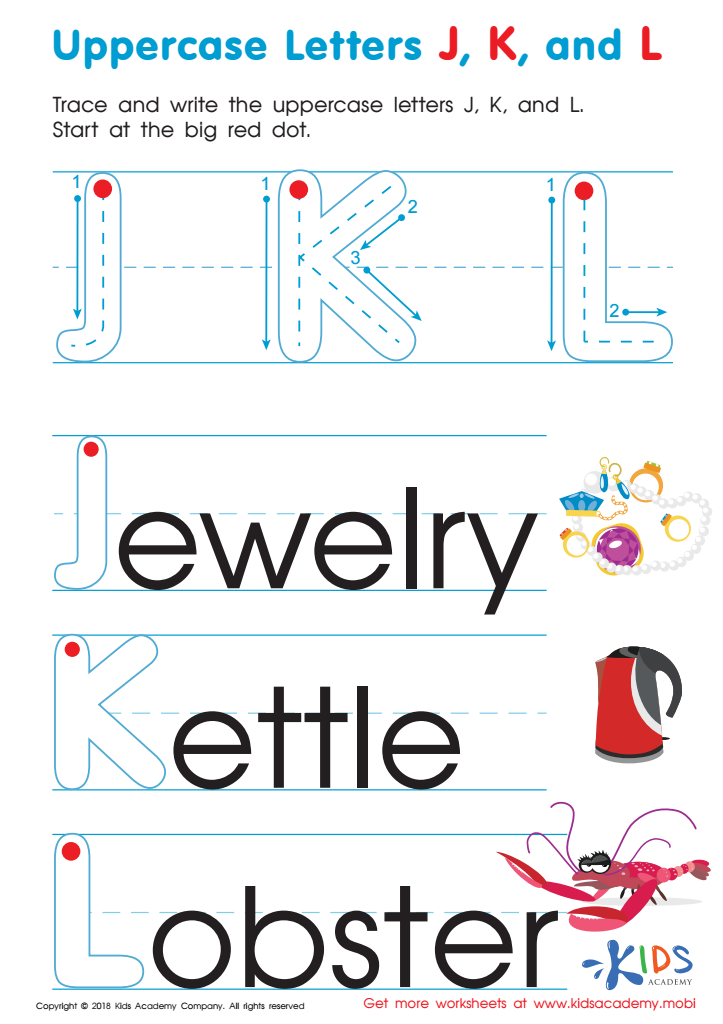

Uppercase Letters J, K, and L Worksheet
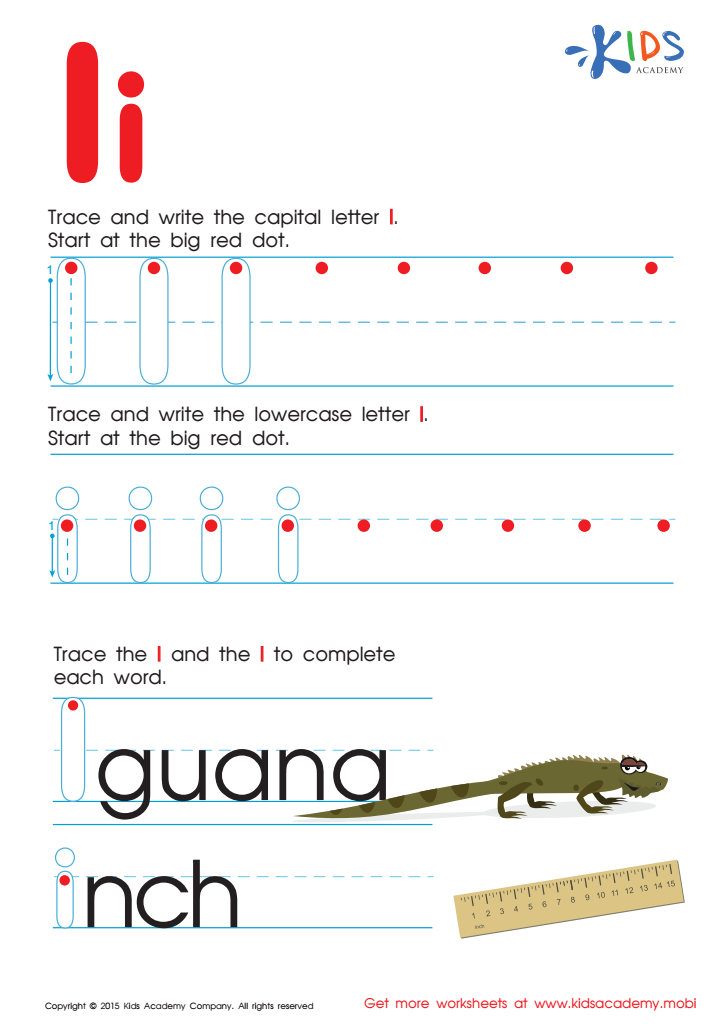

Letter I Tracing Page
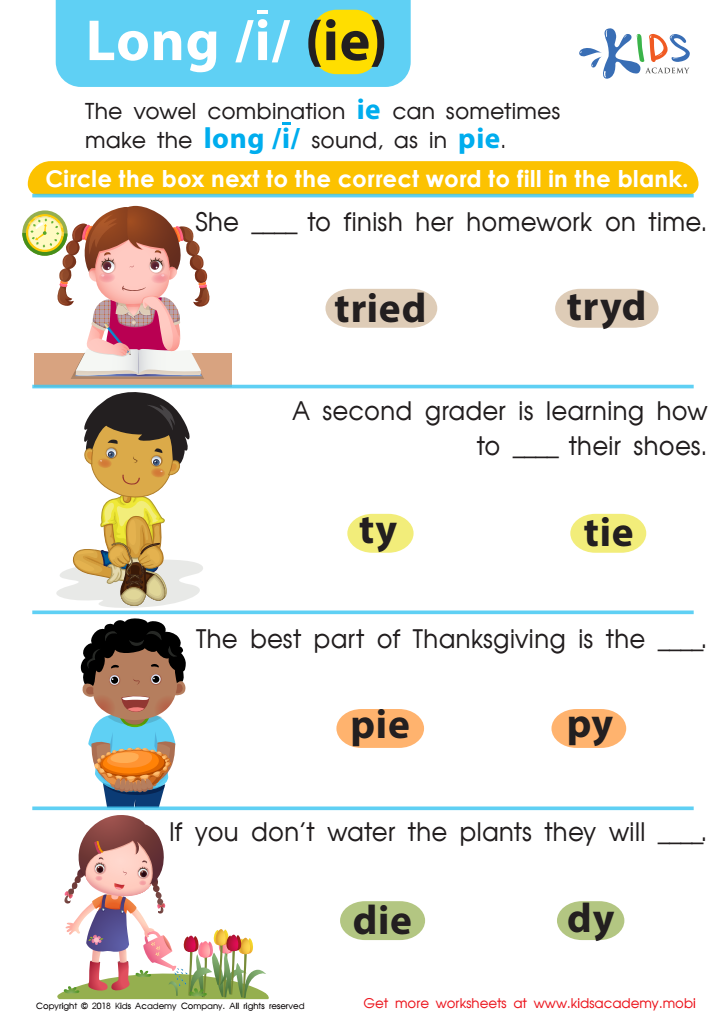

Reading: Long I and IE Worksheet


Letter Q Tracing Page


I Stands High Worksheet
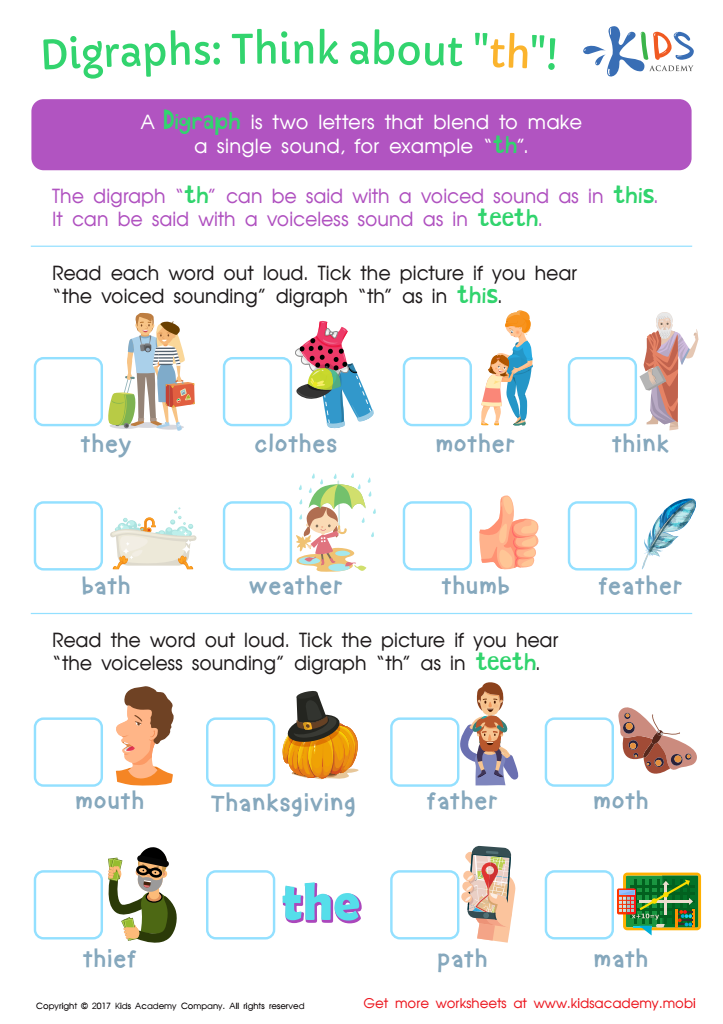

Digraphs: Think About "th" Worksheet


Uppercase Letters S, T, and U Worksheet
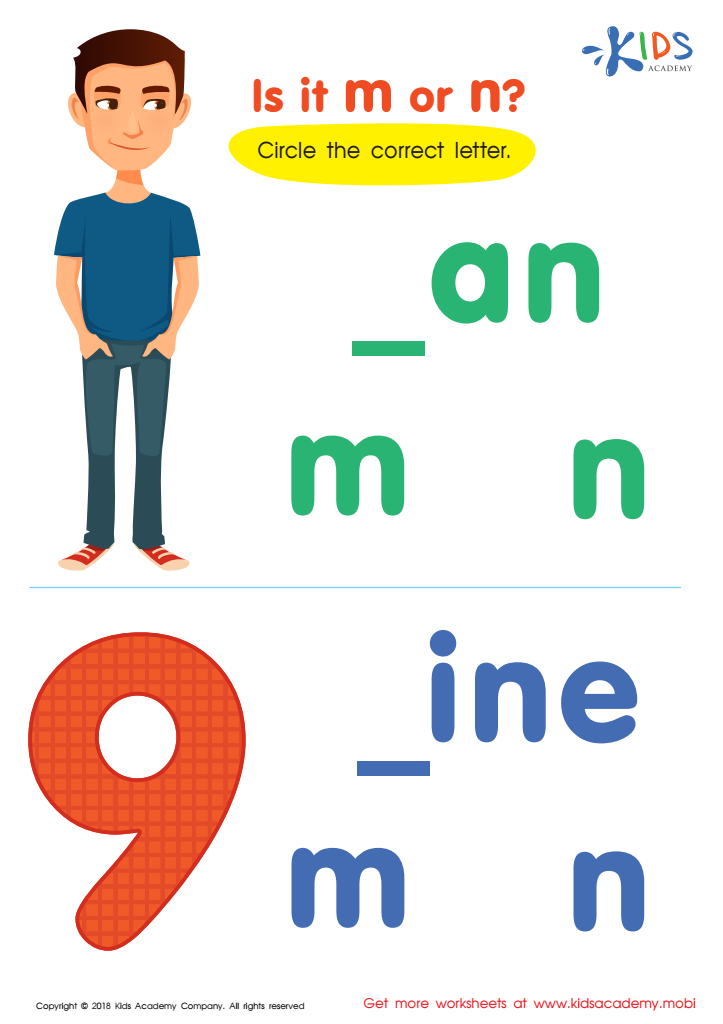

Is It m or n? Worksheet
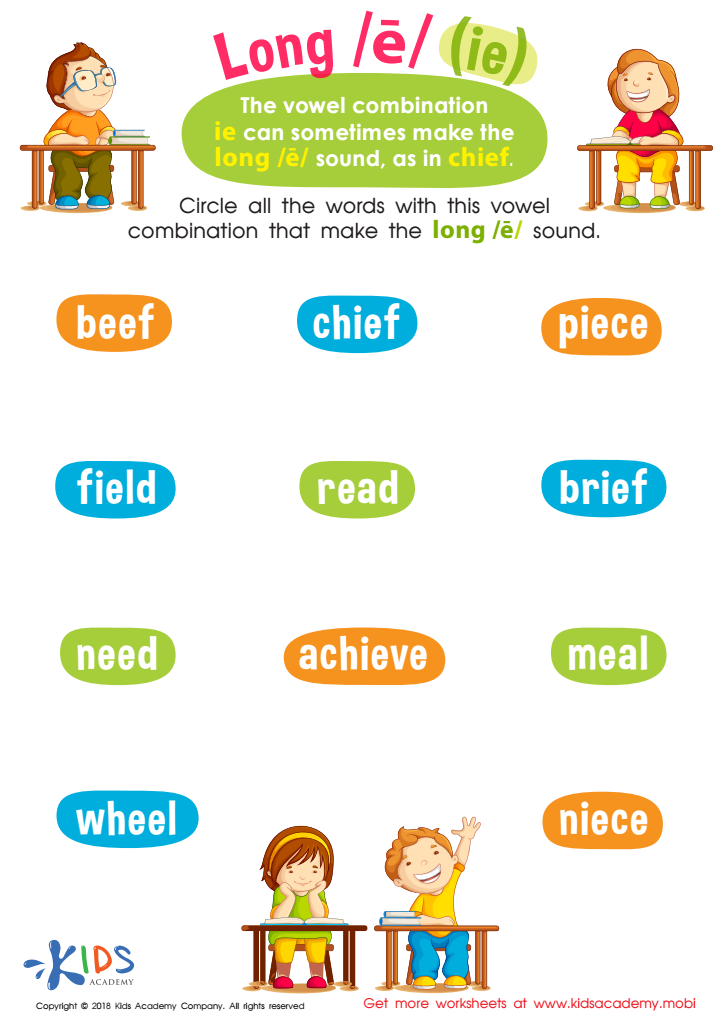

Reading: Long E and IE Worksheet


Blending Consonants: "Fl", "Bl" and "Gl" Printable
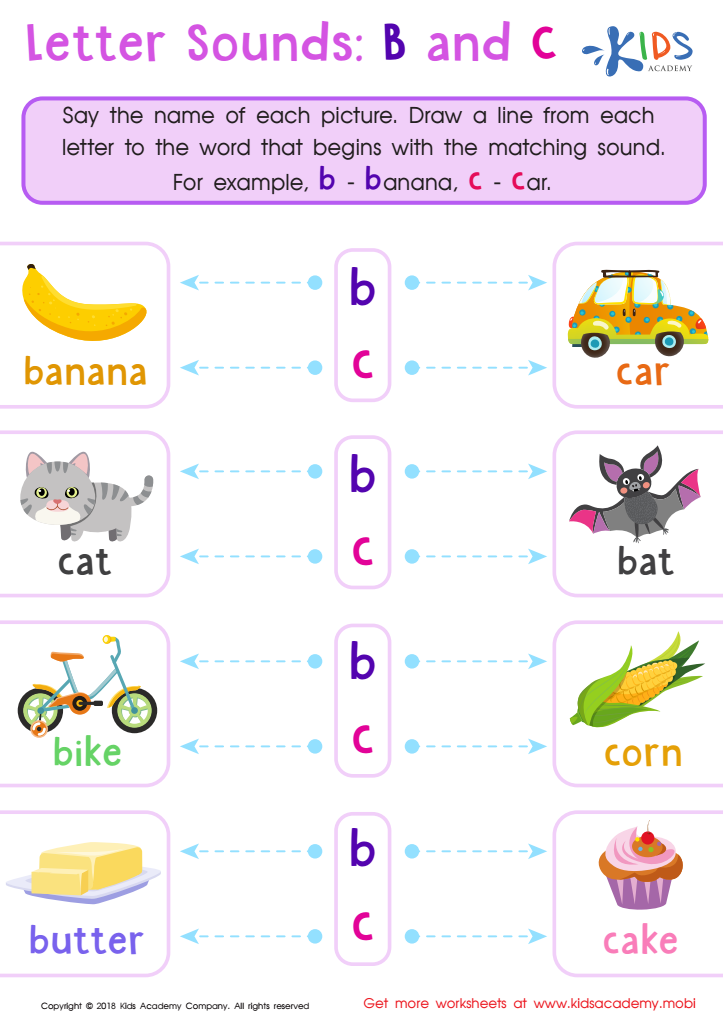

Letter B and C Sounds Worksheet
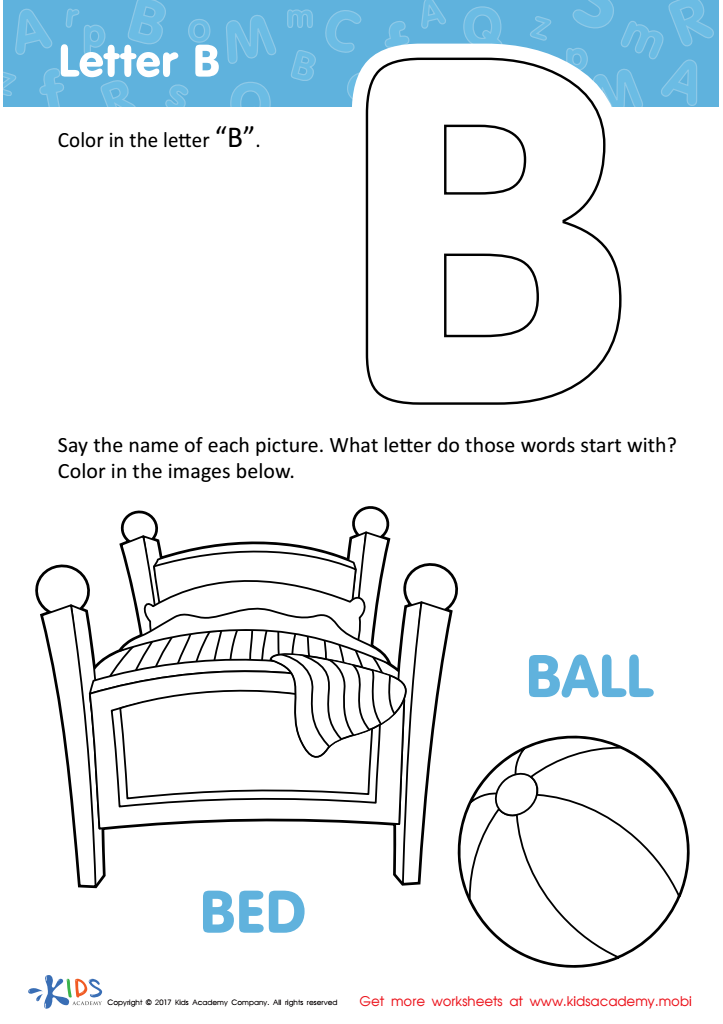

Letter B Coloring Sheet


The Short I Words Reading Worksheet
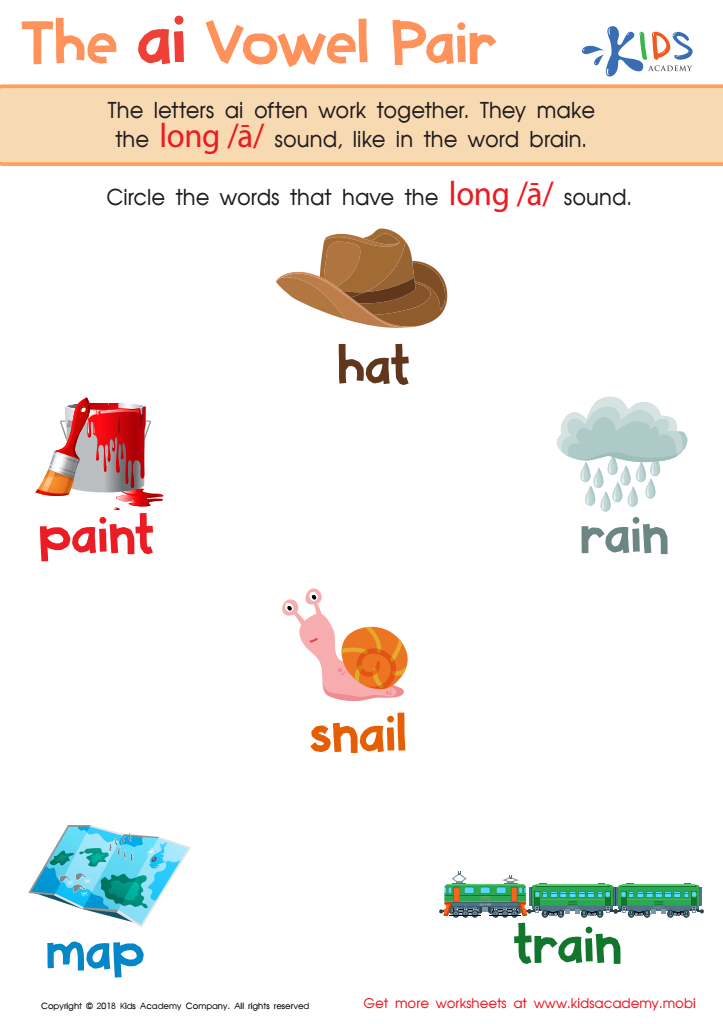

The AI Vowel Pair Worksheet
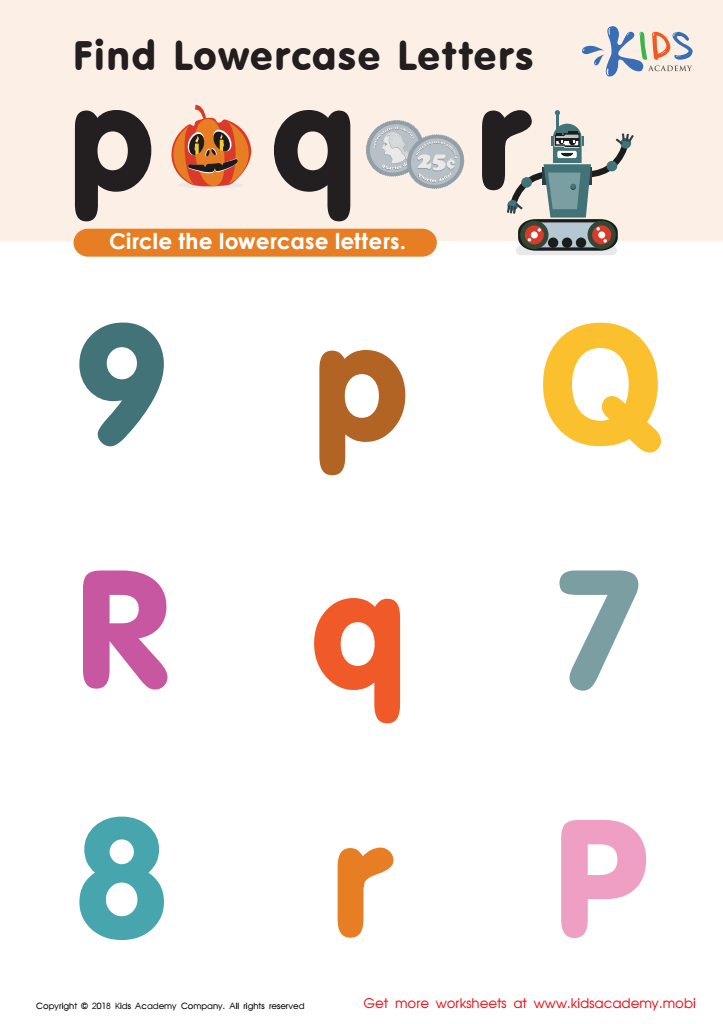

Find lowercase Letters p q r Worksheet
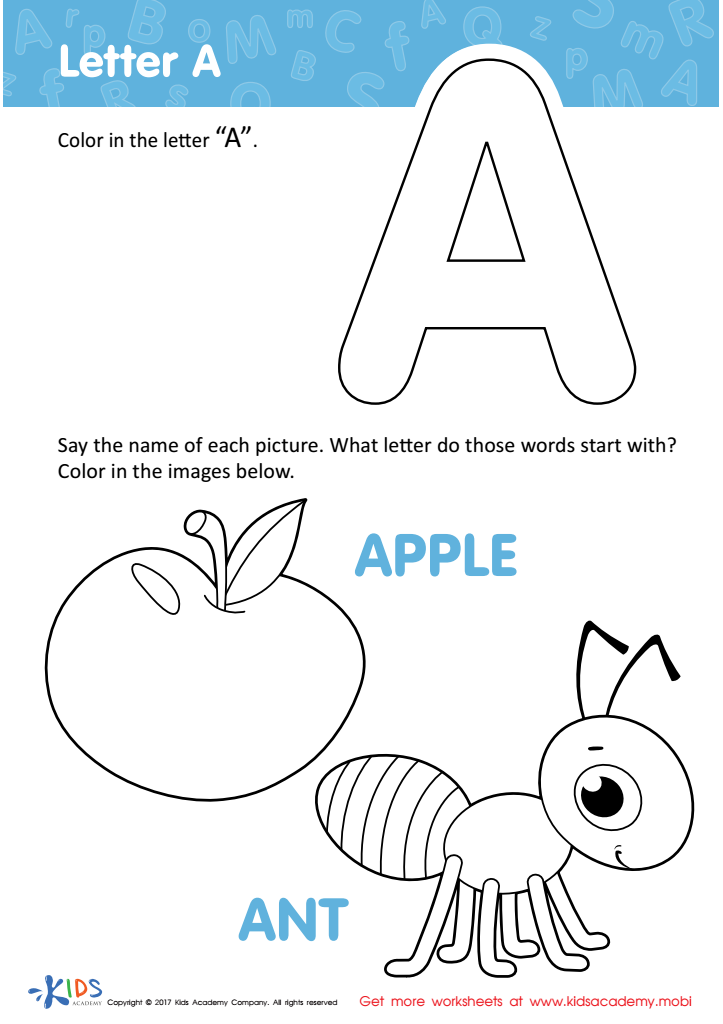

Letter A Coloring Sheet
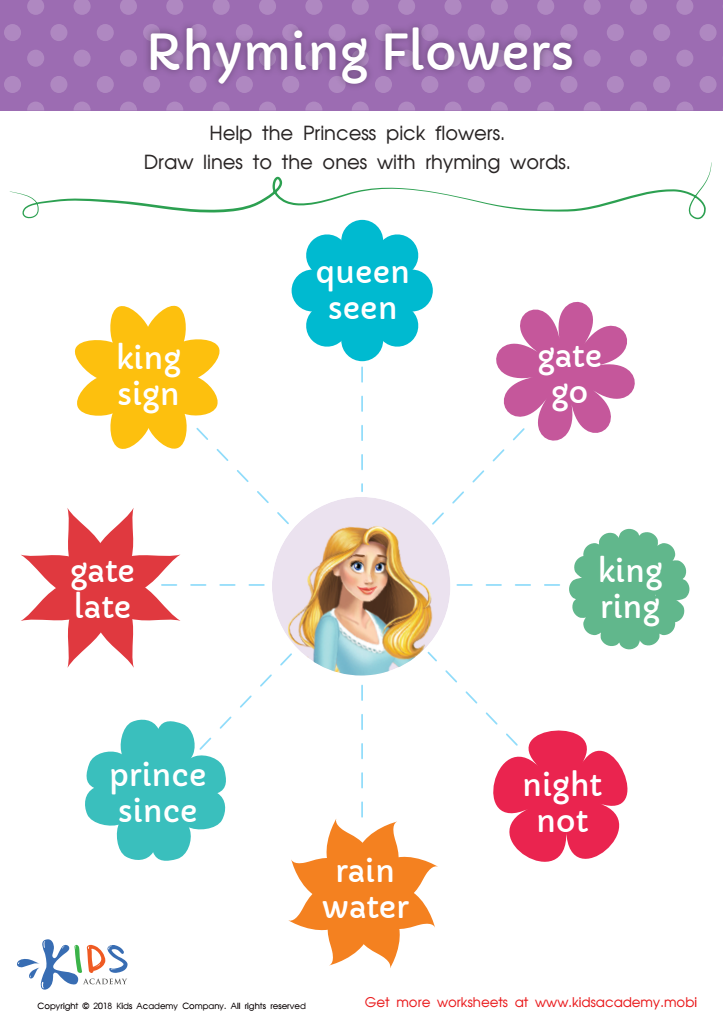

Rhyming Flowers Worksheet
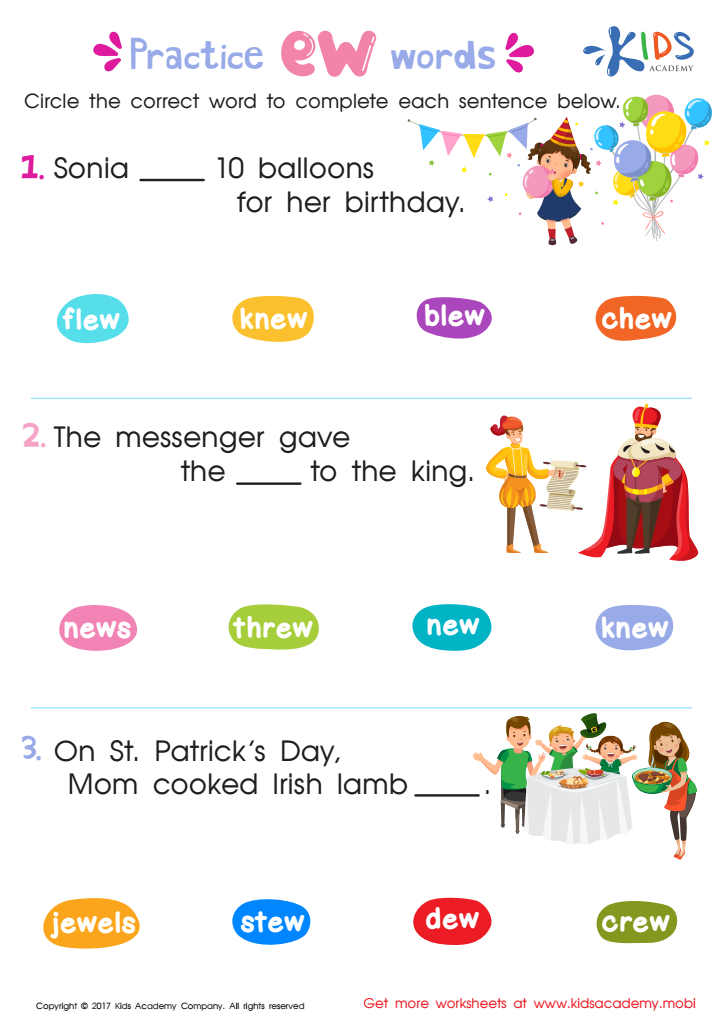

EW Words Worksheet
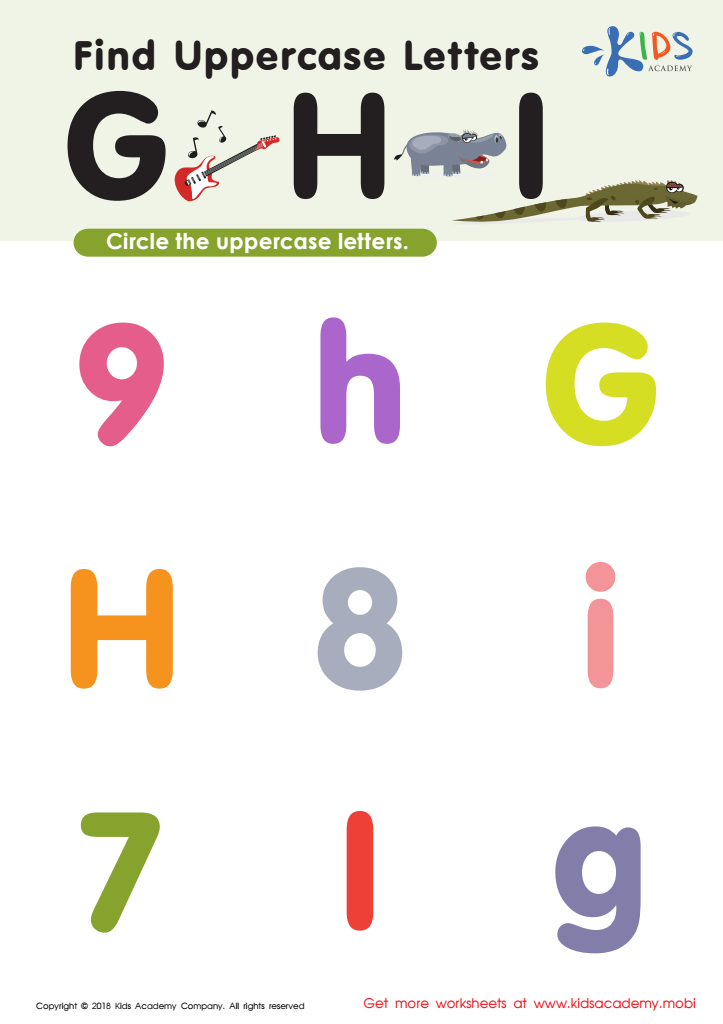

Find Uppercase Letters G, H, and I Worksheet


Beginning Blends: "Bl" Words Worksheet
The Normal Alphabet plays a crucial role in shaping early literacy skills for children ages 4-7, a critical developmental stage for language acquisition. Parents and teachers should care about this foundational component for several reasons.
Firstly, it serves as the building block for reading and writing. Understanding the Normal Alphabet helps children recognize letters, associate them with sounds, and eventually blend those sounds to form words. This phonetic awareness is essential for literacy development, enabling children to tackle more complex texts later on.
Secondly, familiarity with the Normal Alphabet enhances children's confidence in their communication abilities. Mastering letter recognition and writing can encourage children to express their thoughts and creativity, fostering a love for literature and learning.
Furthermore, in an increasingly digital world, recognizing and utilizing the Normal Alphabet lays the groundwork for understanding digital communication, such as typing and online interactions.
Lastly, a strong foundation in the Normal Alphabet aids in academic performance across subjects, as reading competency is integral to understanding curriculum content. By prioritizing early exposure to the Normal Alphabet, parents and teachers can equip children with essential skills for their educational journey and lifelong learning success.

 Assign to My Students
Assign to My Students















